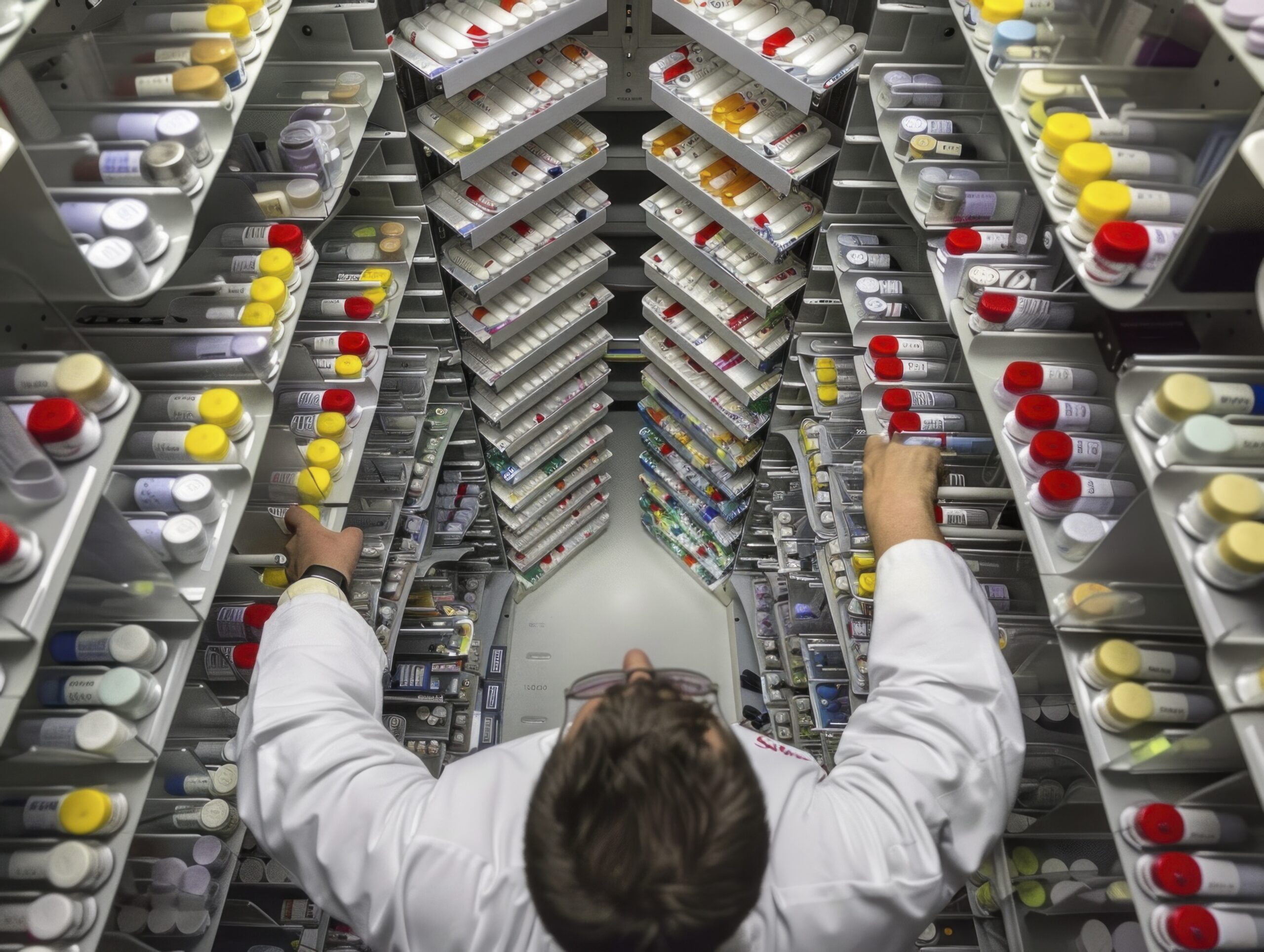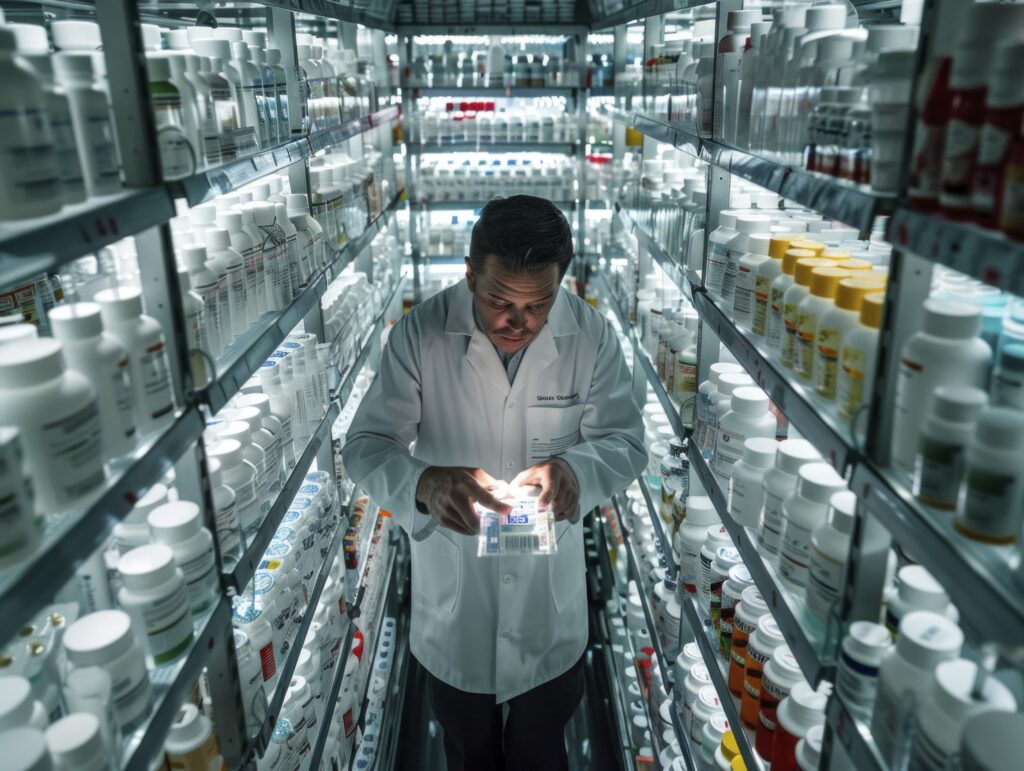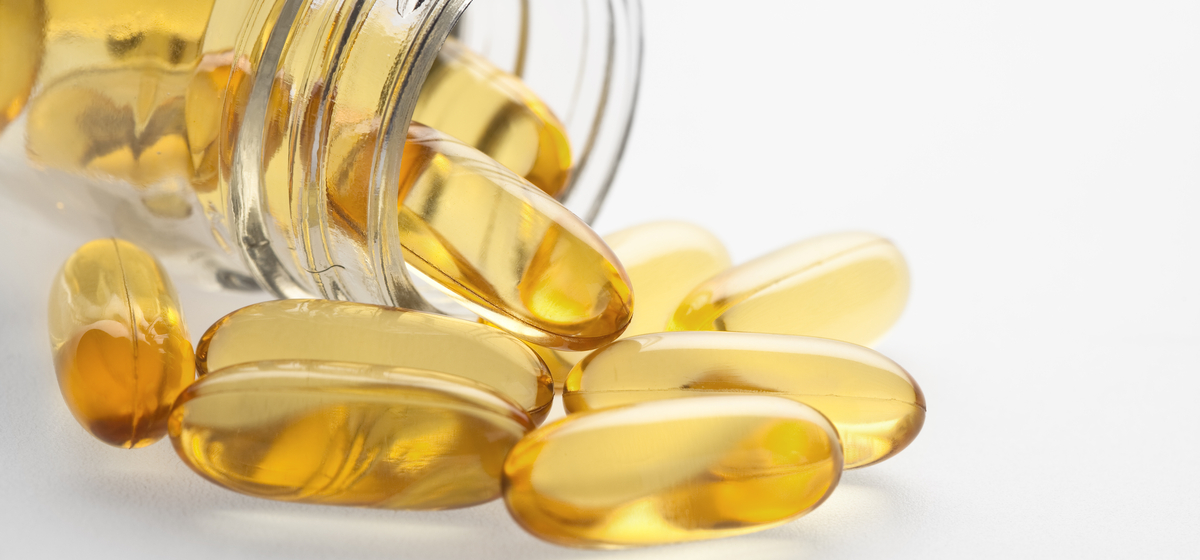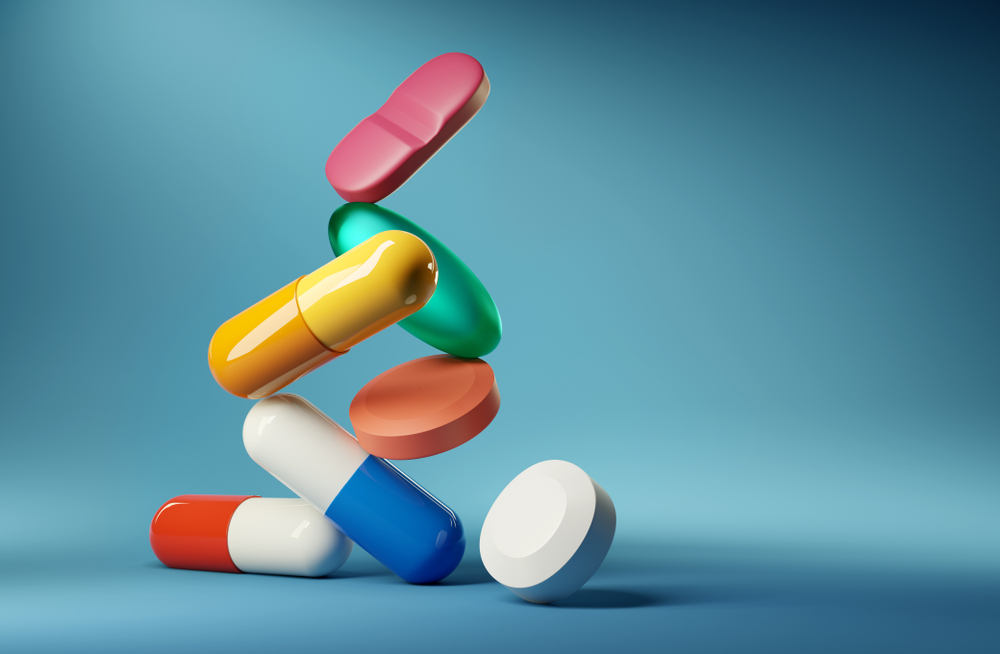Imagine you enter the pharma business and successfully run and when you order some medicines. Do you know how the pharmaceutical factory and supply chain work with each other, such as manufacturers, quality experts, logistics, and distributors of pharmacists? These all work together and ensure all medicines like injections, tablets, and setups safely reach patients to save lives.
When the medicine is formulated and produced in a high-tech pharmaceutical facility, the mediator takes these responsibilities to dispense the medicine at your local pharmacy, hospital, and clinics to ensure safety and efficacy. If you want to know about pharma supply chain 101: from manufacturing to patent delivery. We will discover the pharma supply chain, and a vital system in moderate healthcare.
Demand for the pharma supply chain
According to a report by Future Market Insights, the pharmaceutical industry is estimated to be USD 102.7 billion in 2025, and it is approx rached in 2035 USD 183.9 billion and CAGR growth rate of 6.0%.
What is the pharma supply chain 101?

The pharma supply chain is the heart of the pharmaceutical & logistics industry. It is the contacts and connections of drug manufacturers, wholesalers, distributors, and pharma patients. These elements all take responsibility for ensuring the medicine is produced and reaches the needed patient safety across the ecosystem. The pharmaceutical supply chain management is fully verified from Active Pharmaceutical Ingredients to ensure GMP and GDP are controlled tightly.
These key chains include verified players:
- Pharma manufacturers
- Contract Manufacturing Organizations (CMOs
- Contract Research Organizations (CROs
- Regulatory authorities (like US FDA, EMA, WHO
- Logistics and distribution
- Retail and hospital pharmacies
This global system works in trust and transparency or technology.
Here are some major steps of the pharma supply chain.
In the medical journey, various steps work effectively in the pharmaceutical industry.
Step 1: Sourcing Active Pharmaceutical Ingredients And Raw Materials
All of the pharmaceutical medicine tablets, the injection manufacturing process starts with raw material, and it includes most active ingredients like insulin or other drug components. All of the pharma companies procure API manufacturers across the world, like China and India.
Here are some major points what consider:
- Supplier reputation and raw material audits
- Material quality testing
- Check regulatory documents
- Go with digital tracking and traceability
The advanced supply chains always use effective blockchain technology to reduce counterfeit or substandard ingredients.
Step 2: Manufacturing and Quality Control
When you ensure the raw material is ready for manufacturing and clear all testing. So you need to move out of the formulation plant. In this process, API is turned into the solid forms of medical products like tablets, capsules, or serums. All the manufacturing setups follow GMP guidelines.
What’s the process of manufacturing quality plant:
- The advanced and automation sensors measure machine accuracy with IoT sensors.
- Ensure product quality like potency, purity, and sterility.
- Check final quality standards according to US FDA, EMA, and WHO-GMP standards.
The pharmaceutical manufacturing plants implement modern sensors and AI-based predictive maintenance that easily detect every issue of machinery, to save time and ensure product quality.
Step 3: Packaging and Serialization
The packaging process is the most important process in pharmaceutical plants, because some of the drug medicines spoil when packaging defects are found. AI-driven machines and carefully packed in safely traceable or compliant with proper sanitization.
With packaging, assigning an identification code is also included because the QR & barcode easily track the medicine batch.
Why packaging & sanitization matter:
- Protect drugs from spoilage
- Supports pharmacovigilance
- Easy to track mechanisms and visibility across borders.
The pharmaceutical industry implements temperature sensors, medicine seals. These types of industries use advanced AI-based technology to ensure the safety of all sensitive medicines.
Step 4: Warehousing and Cold Chain Management
The pharmaceutical industry always needs cold storage and chain management. Because it requires precision & quality control.
Warehouses & cold storage equipped with:
- Temperature control sensors
- Humidity sensors that control essential temperature
- Data loggers
Various medications like insulin, drugs, and various vaccines need cold chain logistics that require precision and quality control.
Step 5: Distribution and Transportation

When it talks about the distribution & transportation of pharmaceutical products, they ensure GDP compliance by road, sea, or air.
Here are some major steps:
- Track inventory and warehouse
- Tracking sensors
- Temporary documents for global shipping
- Temperature-controlled vehicles for data validation
The best pharmaceutical companies always use AI-based sensors, predictive maintenance, and warehouse management to manage every real-time supply.
Step 6: Retail, Hospitals, and E-Pharmacies
Bearing all these processes, the medicines and pharmaceutical products reached pharmacies, hospitals, and online e-pharmacy platforms.
Major steps verified by pharmacists:
- Medicines’ expiry dates and batch notice
- Storage conditions
- Batch & serial numbers
For medical equipment supply and telemedicine transportation, use temperature control vans and track every sensitive medicine in real time.
Step 7: The Patient Connection
The patient receives the right medicine when needed in the right condition. Patients give feedback on medicines, and what types of improvement are needed.
The digitization and AI based driven technology helps you to maintain full visibility from factory to pharmacy.
Final Thoughts
The pharma supply chain is not just about manufacturing medicines safely; it’s all about providing safe medicines for patients and pharmacists. In this process, there are various connectors, including manufacturers, transporters, warehouses, and distributors. Compared to the traditional system, most of the pharmaceutical industries implement AI-driven technology that helps to easily track and provide medicines safely for patients.
People also ask about Pharma Supply Chain 101: From Manufacturing to Patient Delivery.
Q.1 What are the main aspects of the pharmaceutical supply chain?
A: There are various aspects included in pharma supply chain management, such as:
- Manufacturing
- Storage
- Packaging
- Distribution
- Delivery
Q.2 What is the modern supply chain management in pharma companies?
A: The modern and advanced sensors are implemented by various pharma industries like LifeVision Healthcare.
- Digital temperature sensors
- IoT sensors
- Block chains
- Efficient transparent
Q.3 Why does cold storage matter in the pharma industry?
A: Some of the medicines, like insulin & drugs, spoil at normal temperatures. Cold storage creates a safe, stable, and effective environment to ensure safe medicines.
Q.4 Why does quality control matter in the pharma industry?
A: The quality control easily maintains the safe, pure, and effective medicines for every patient.







 Call Us: 8062750200
Call Us: 8062750200 Contact Us
Contact Us